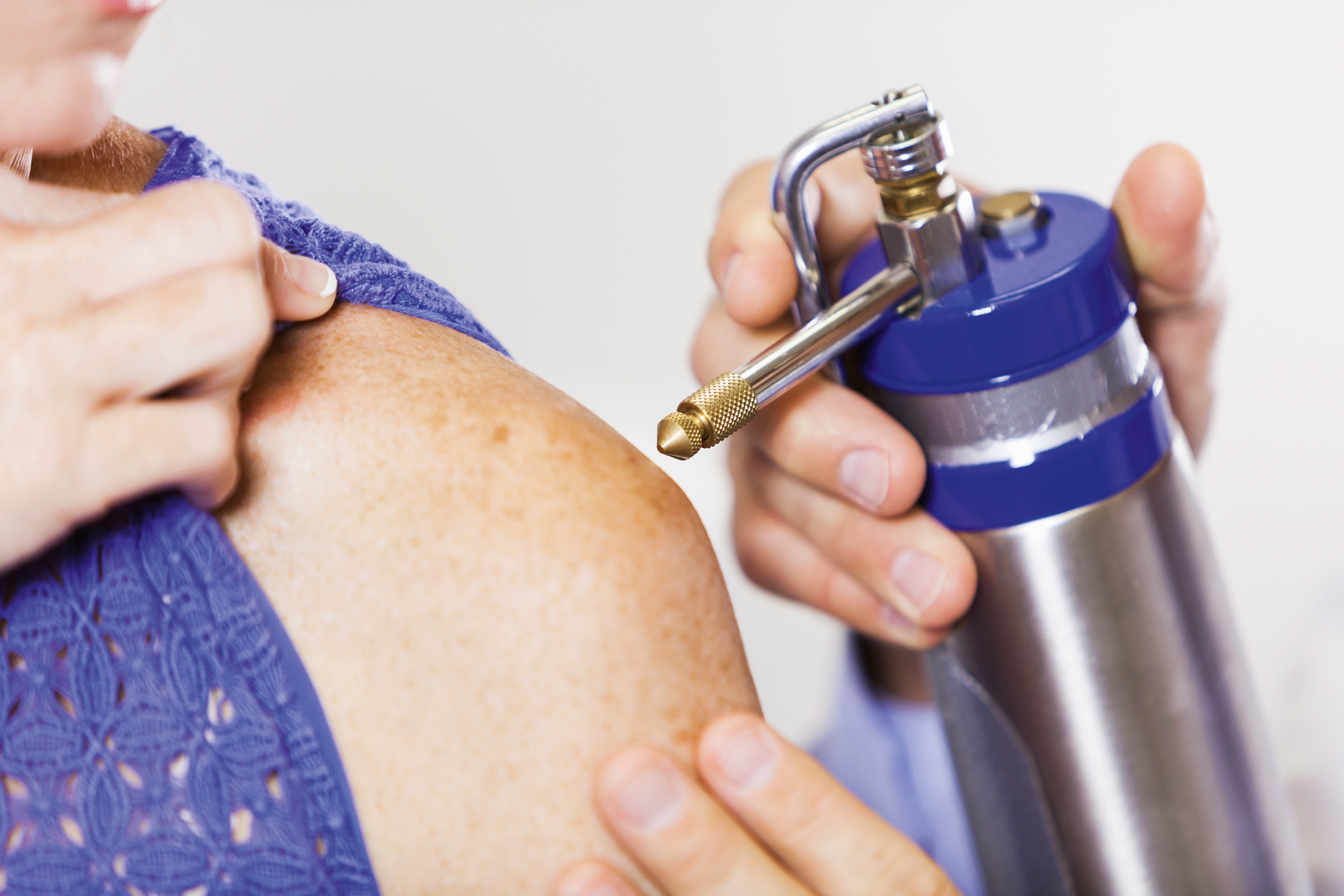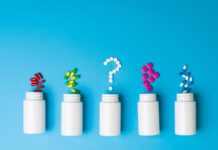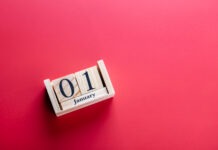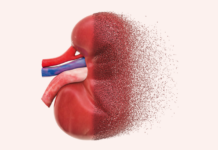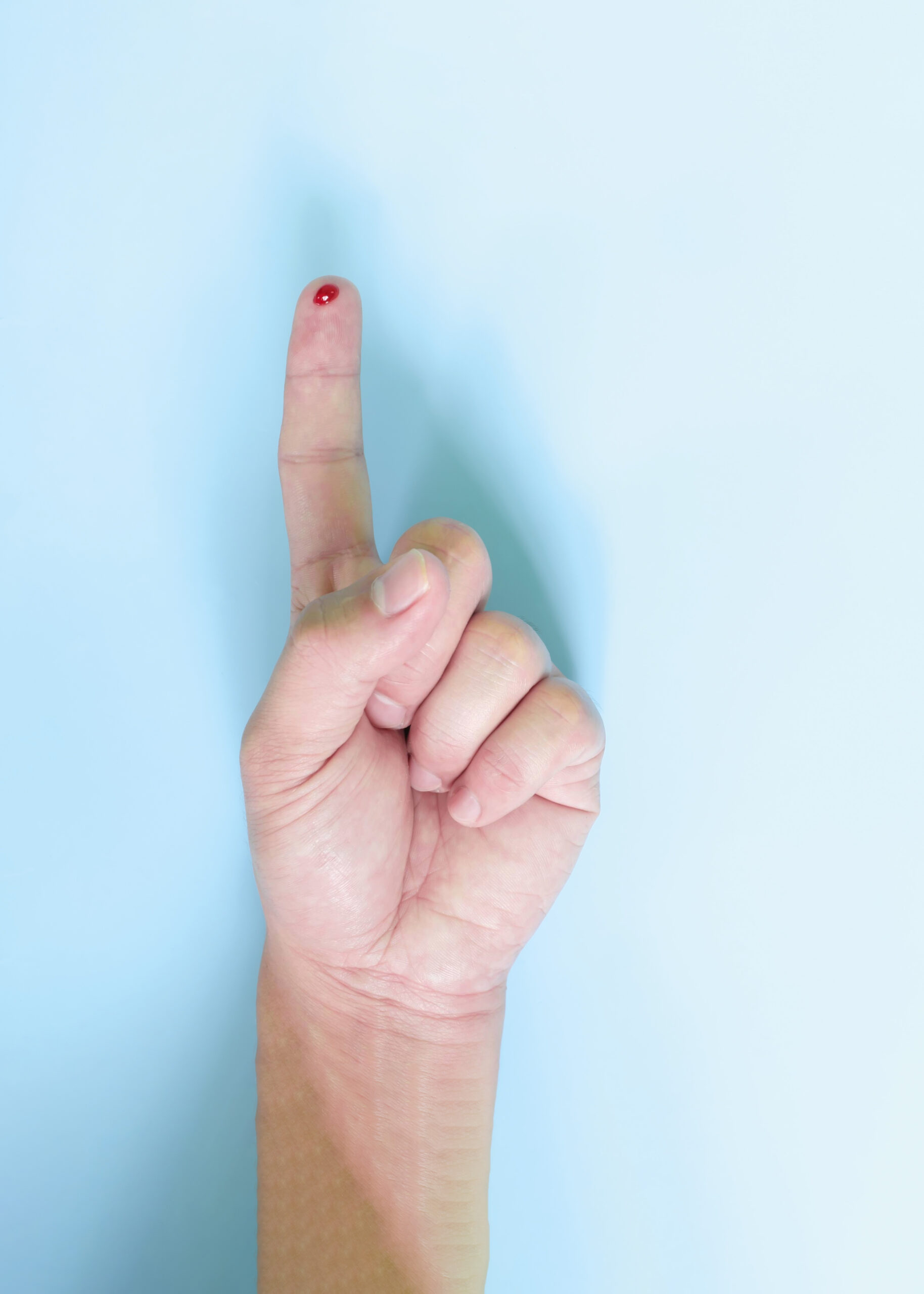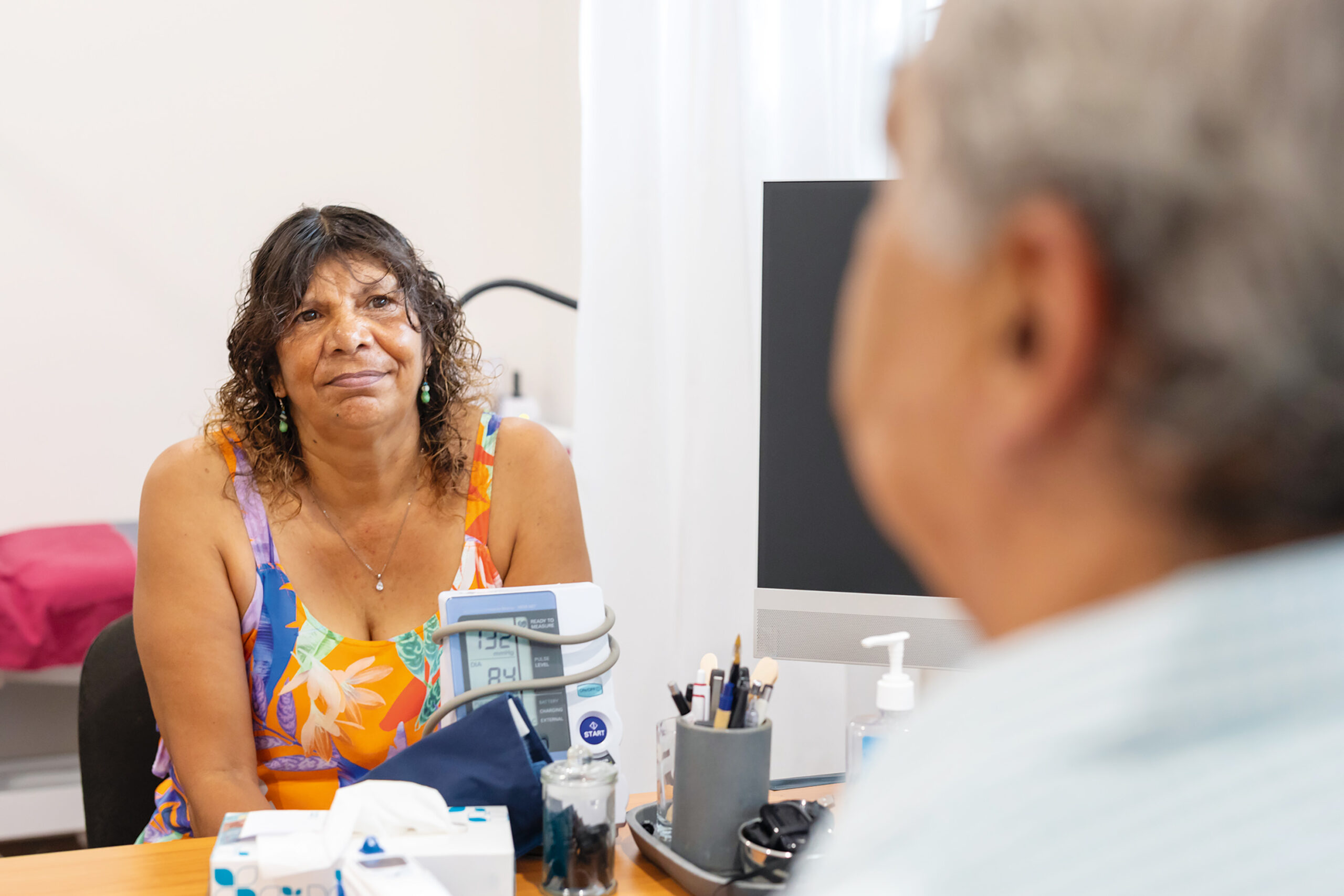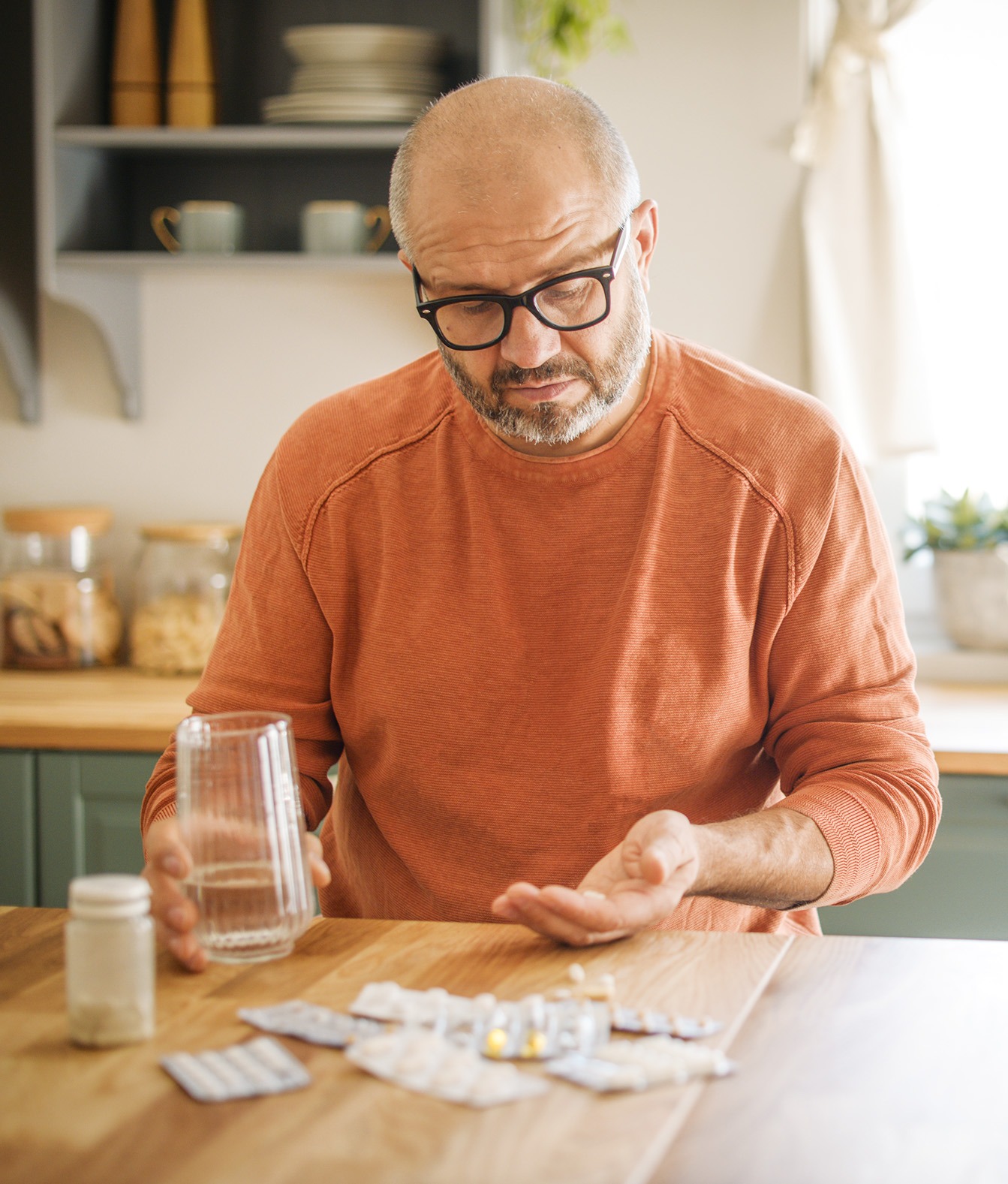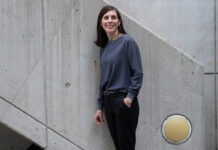Rhiannon Price MPS, a GP pharmacist and WA Early Career Pharmacist of the Year working at a Perth-based Aboriginal Health Service, explains how using visual cultural cues alongside patient‐centred yarning builds trust – ensuring effective medication guidance.
Why choose pharmacy?
I knew I wanted to do something within the healthcare realm, after being inspired by my grandma, who was a nurse. But I’m too squeamish for nursing or medicine so I landed on pharmacy and haven’t looked back since! My love for the profession has grown through my university studies to working in community pharmacy.
What’s the benefit of running GP pharmacist-led spirometry in an Aboriginal Health Service (AHS)?
As a pharmacist, conducting spirometry is a great opportunity to check inhaler technique, provide education about disease management and conduct an asthma or chronic obstructive pulmonary disease action plan during the same consultation. I’ve been able to use these consultations to build rapport with my clients so I can book them for follow-up appointments for other issues such as diabetes management.
I’ve realised that so many people have a poor understanding of their lung disease and I have at least one intervention every single consultation.
What initiative are you proud of introducing?
The Continuous Glucose Monitoring (CGM) program where I work at Derbarl Yerrigan Health Service in Perth has been a team effort between pharmacists, nurse practitioners and chronic disease nurses in the clinic to collaboratively motivate and provide education to manage diabetes.
The availability of 24/7 information about blood sugar levels has been an incredible tool that can be used to identify trends, allowing particular issues to be addressed.
During the 2-week period of CGM, we encourage people to test different foods to see what the effect is on their blood sugars. And we also ask, what happens if you take a walk after a meal?
This empowers patients to observe how their body reacts to various events and has been far more motivating compared to providing traditional education about diet and exercise.
From a medicine safety point of view, using a CGM has meant we can identify patients experiencing nocturnal hypoglycaemia and adjust insulin doses accordingly to avoid this.
A CGM also means patients can’t hide non-adherence to their prescribed insulin therapy, prompting us to initiate a conversation about potential barriers that we can navigate together.
How do you establish a culturally safe environment at the AHS?
It takes time! Throughout my time at the clinic I’ve regularly worn shirts that showcase Aboriginal artists and earrings that I’ve purchased from a local artist as a visual cue to demonstrate I’m an ally.
Where possible, I get other clinic staff to introduce me to the community or attend the organisation’s yarning groups as an introduction.
My appointments are scheduled for 1 hour, which may seem like a long time but it goes very quickly. In this time, I allow time for a social yarn before delving into a clinical yarn. This helps me learn what’s important to my patients so I can better understand their perspective on their health to shape my recommendations around medicines.
What are the opportunities for pharmacists working in an AHS?
One of the things I love most about the Aboriginal healthcare model is the focus on holistic health.
This often requires a multidisciplinary team approach, and pharmacists need to be on site to advocate for the person from a medication lens.
If people are not taking certain medicines I want to know why; often simple fixes such as a change of time or some counselling is all it takes to get someone back on track.
Day in the life of Rhiannon Price MPS, GP Pharmacist, Derbarl Yerrigan Health Service, Perth WA.
| 8:30 am | Early start
Morning huddle with the clinic team re who is in today, the services running, and important announcements. I calibrate spirometry software for the day. Check emails and intramails for referrals from doctors, nurses or Aboriginal health practitioners. |
| 9.00 am
|
First patient of the day Review the past 2 weeks of continuous glucose monitoring, where we identified multiple early morning hypoglycemic events while using Ryzodeg twice daily. We discuss the impact of food on blood sugar levels and reflect on which foods impact this more than others. I attend the patient’s booked doctor’s appointment. This is to hand over recommended timing and dose changes to insulin to minimise hypoglycaemia as well as to collaborate to adjust medicines in line with the patient’s goals and lifestyle. |
| 11.00 am | Asthma care
A young patient with childhood history of asthma attends for spirometry complaining of experiencing increasing shortness of breath. Using the Asthma Control Test, the spirometry results demonstrate normal lung function with no change after administering a bronchodilator. We discuss her lifestyle and the symptoms, which I suspect are associated with anxiety. I hand over to the GP, who agrees with my investigations and provides the patient with a mental health care plan. |
| 2.00 pm | Emergency support
A man presents with a bag of medicines, yelling in pain, seeking analgesia and a wound dressing change post-hospital discharge for a four-toe amputation. Provided with non-PBS prescriptions for doxycycline and moxifloxacin from the hospital, he can’t afford to fill them so hasn’t started therapy. It is decided to return him to the hospital. I counsel on the importance of waiting for the hospital to dispense the medicines to ensure he gets them. I also call the hospital’s Aboriginal Liaison Officer to ask that they see the patient to ensure culturally sensitive care. |
| 5.30 pm | Wind down
End a hectic day with a pilates reformer class. Then a cup of tea and a Netflix catch-up. |



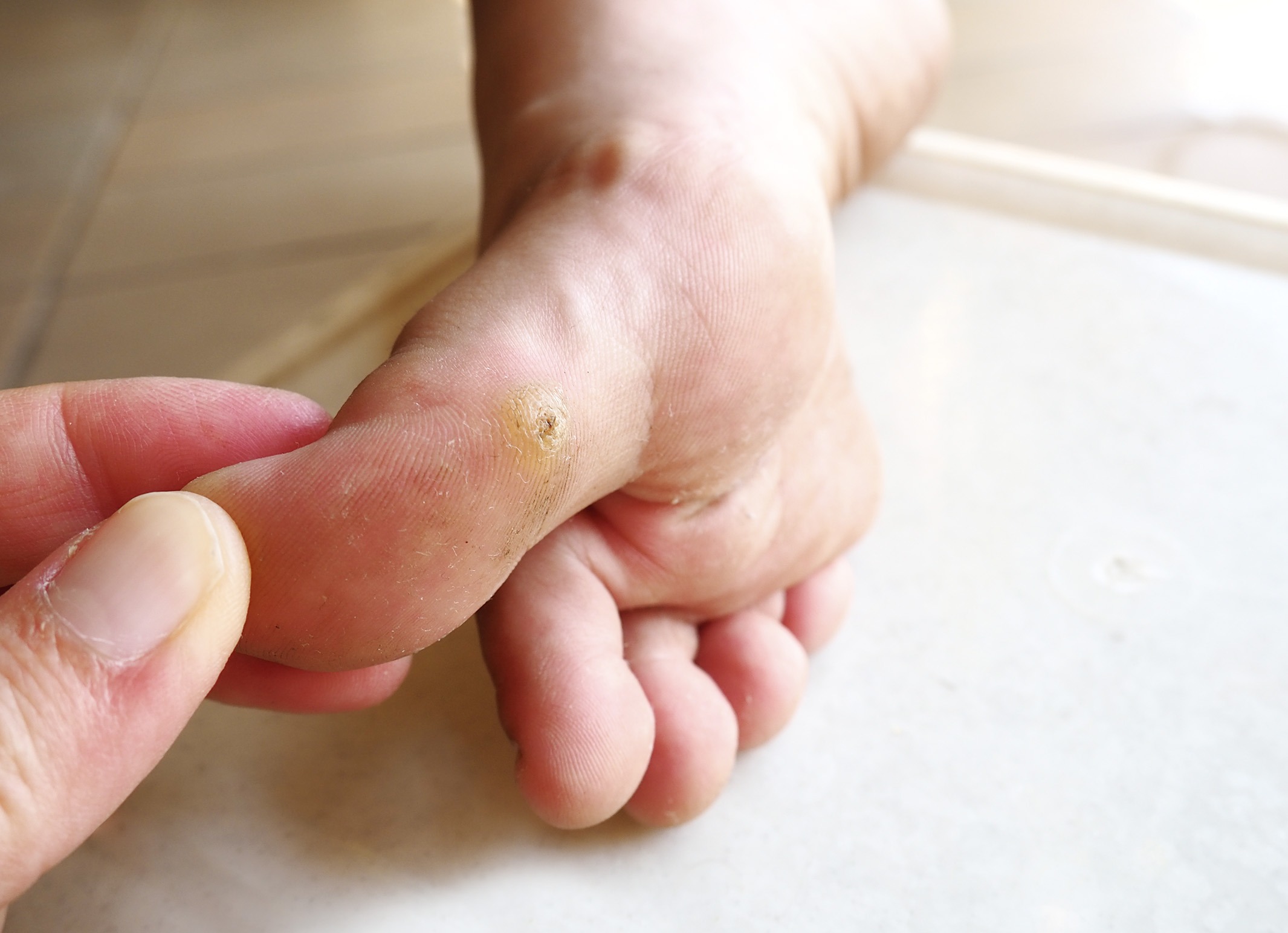
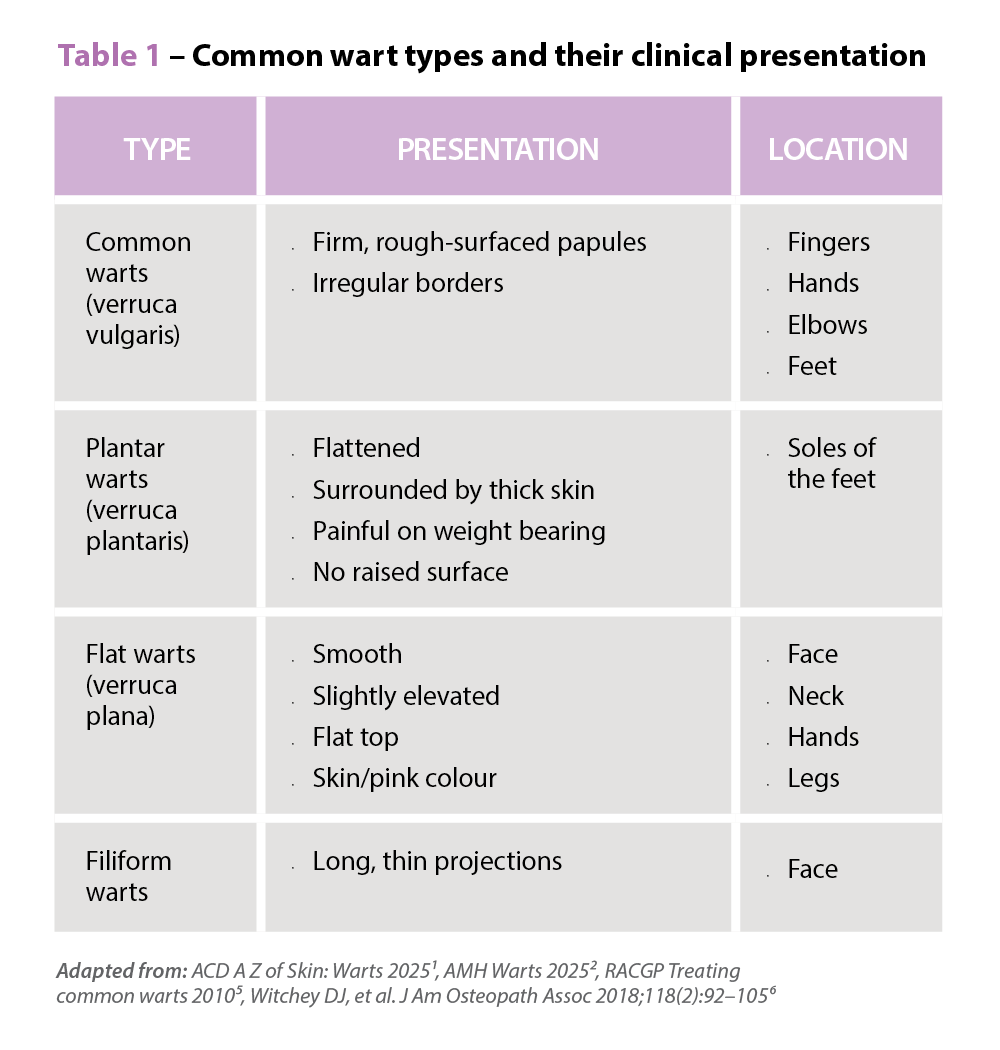 Symptoms
Symptoms
